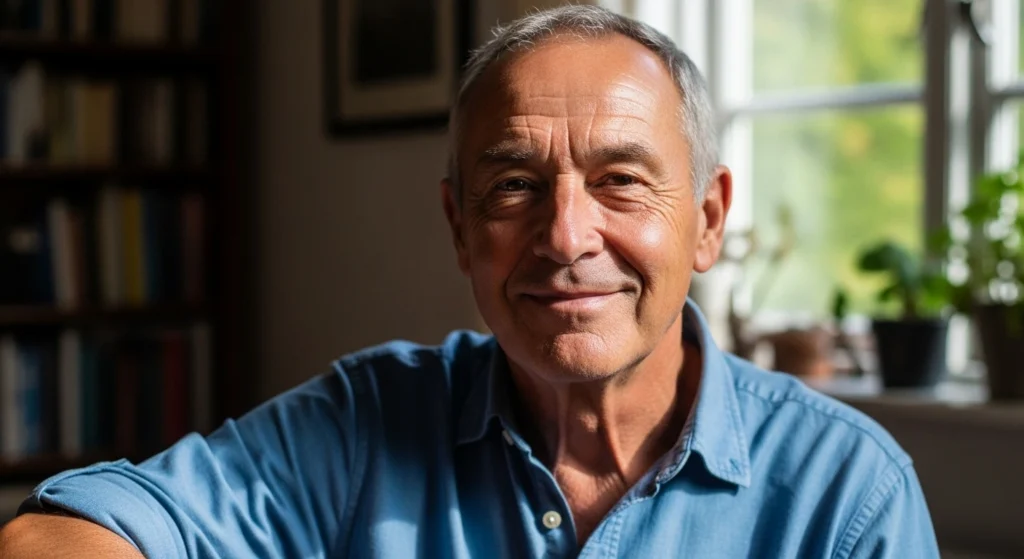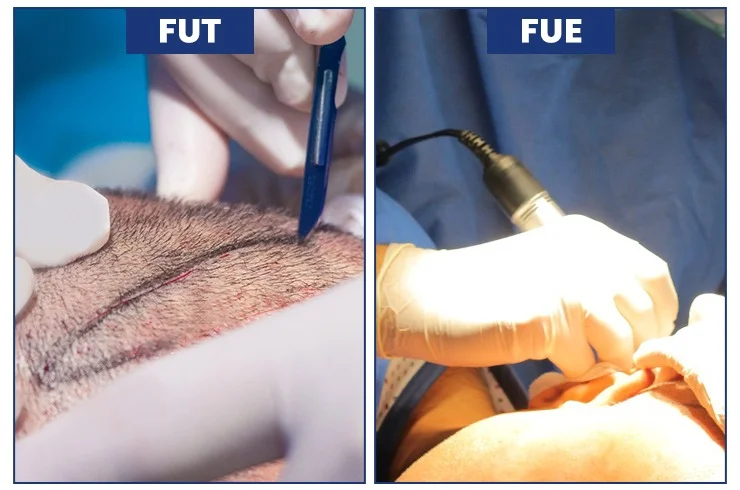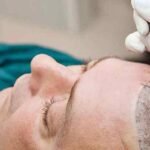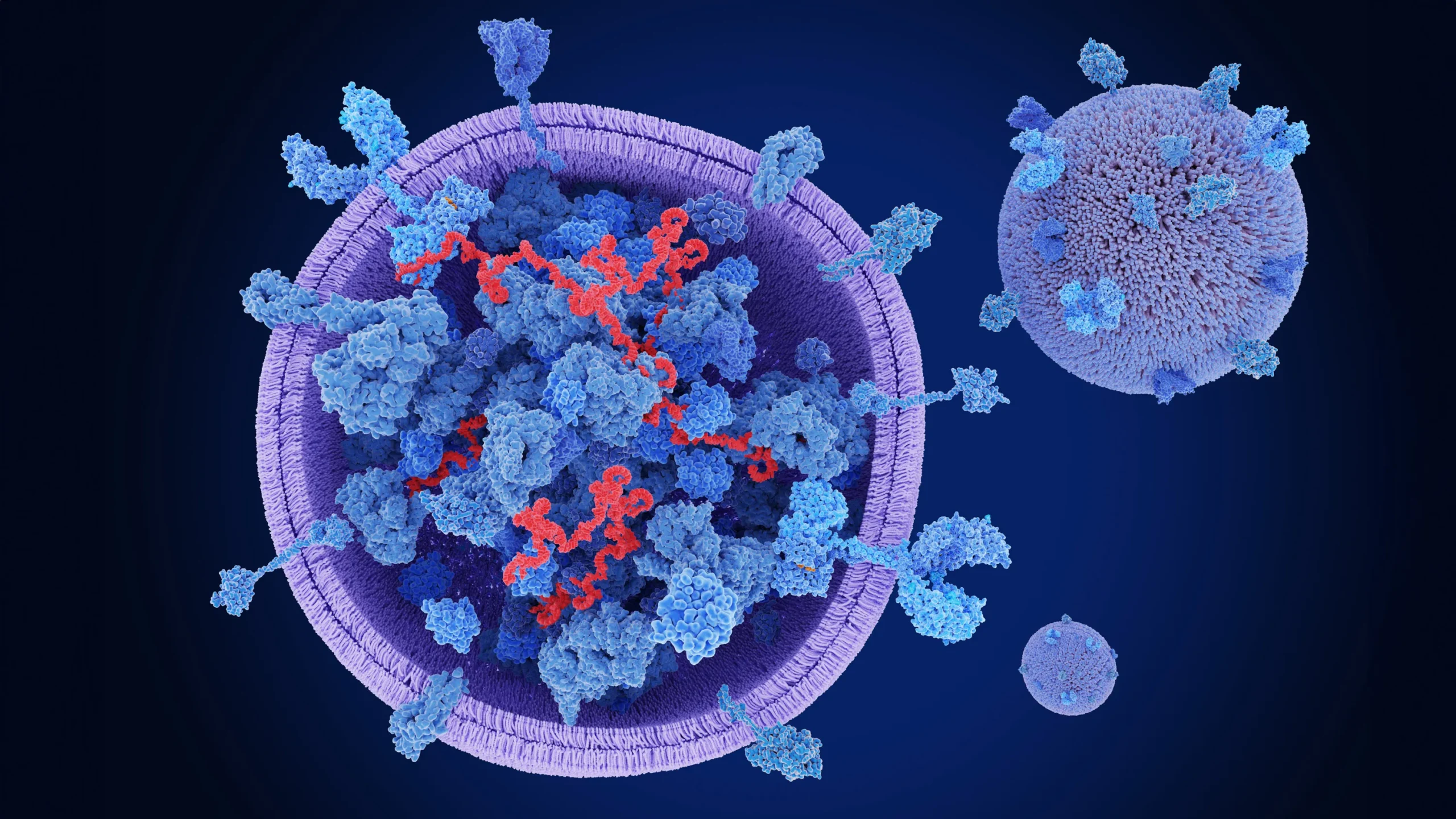Hair loss can impact confidence at any stage of life, and for those over 60, it can feel especially challenging. A hair transplant at age 60 is not only possible but can also provide natural-looking, long-lasting results. In this guide, we'll explore the benefits, process, risks, and recovery expectations for older individuals considering this procedure. …
Hair loss can impact confidence at any stage of life, and for those over 60, it can feel especially challenging. A hair transplant at age 60 is not only possible but can also provide natural-looking, long-lasting results.
In this guide, we’ll explore the benefits, process, risks, and recovery expectations for older individuals considering this procedure. By the end of this article, you’ll have the knowledge needed to decide if a hair transplant is the right choice for you.

Can You Get a Hair Transplant at Age 60?
Is Age a Limiting Factor for Hair Transplants?
Age is not an automatic barrier to receiving a hair transplant, but it does introduce some factors that need to be considered. For patients over 60, the quality of your scalp, donor hair availability, and overall health become more important. Modern hair transplant techniques, like FUE (Follicular Unit Extraction) and FUT (Follicular Unit Transplantation), are effective for older patients as long as the person is in good health.
Older patients can still achieve successful results, provided they have enough healthy donor hair in areas like the back of the head. However, if there is insufficient donor hair or significant underlying health conditions, your specialist may recommend other options or a different approach.
Health Factors to Consider Before Getting a Hair Transplant After 60
Before proceeding with a transplant, it’s important to ensure you’re in good general health. Some conditions that can affect the outcome of the procedure include:
- Heart disease: This can slow down recovery.
- Diabetes: May impact healing and increase the risk of infection.
- Blood thinning medications: These may need to be adjusted before the procedure.
Your doctor will conduct a thorough evaluation to ensure you’re a good candidate for the procedure.
Benefits of a Hair Transplant for People Over 60
Restoring Confidence and Aesthetics
Hair loss can have a significant emotional impact, especially for older individuals. A hair transplant can restore not just your hair but also your confidence, helping you look and feel younger. Many patients report feeling rejuvenated and more self-assured after the procedure.
Modern Techniques for Natural-Looking Results
Modern hair transplant techniques like FUE and FUT are designed to offer results that blend seamlessly with natural hair growth patterns. The precision of these methods allows surgeons to place individual hair follicles in a way that mimics natural hair growth, which is particularly important for older patients who want a discreet result.
Long-Term Benefits and Maintenance
Unlike temporary treatments such as medications or topical solutions, hair transplants provide a permanent solution. The hair follicles that are transplanted will continue to grow as normal hair, though maintenance may be needed for ongoing hair loss in other areas of the scalp.
How Hair Transplants Work for People Over 60
The Procedure: What to Expect
A hair transplant typically involves two main steps:
- Donor Hair Extraction: In FUE, individual hair follicles are extracted from the donor area (usually the back or sides of the head). In FUT, a strip of hair is taken from the donor area, then dissected into smaller follicular units.
- Implantation: The extracted follicles are then implanted into the thinning or balding areas.
The procedure is usually done under local anesthesia, meaning patients remain awake but do not experience pain during the procedure.
How Age Affects the Transplant Process
Older patients may experience a slower recovery compared to younger individuals due to changes in skin elasticity and slower healing processes. However, modern techniques have significantly reduced this issue, ensuring that older patients can still enjoy positive results with minimal scarring.
Choosing Between FUE and FUT for Older Patients
- FUE: FUE is a minimally invasive procedure that leaves no linear scarring and is usually preferred for older patients due to its quicker recovery time.
- FUT: While FUT offers a more extensive solution with the potential to transplant more follicles in a single session, it leaves a linear scar that may be visible, which some older patients may prefer to avoid.
Recovery Considerations for Hair Transplants at Age 60

Recovery Timeline and Expectations
Recovery from a hair transplant typically follows these stages:
- First 48 hours: You may experience swelling, redness, and discomfort. These side effects typically subside within a few days.
- Week 1-2: Some shedding of transplanted hair is normal. The scalp will start to heal, and the redness will begin to fade.
- Week 3-4: New hair growth will begin, although it may be sparse at first.
- 3-6 months: You will see more noticeable growth as transplanted hair follicles take root.
Special Recovery Tips for Older Patients
Older patients may need to take extra care during recovery to avoid complications like infection. Here are some tips:
- Avoid sun exposure, as older skin may be more sensitive.
- Follow aftercare instructions precisely to reduce the risk of scarring and infection.
- Consider gentle hair care routines to avoid irritation.
When Can You Resume Normal Activities?
Most patients can return to work within a few days to a week, though strenuous exercise should be avoided for at least two weeks. It’s essential to wait until the transplanted follicles have fully settled before resuming intense physical activities.
Risks and Challenges for Hair Transplants After 60
The Potential for Slower Healing
As we age, our bodies may take longer to heal. This can result in slower recovery times and a higher risk of complications such as infection or scarring. It’s essential to monitor your progress closely and communicate with your surgeon if anything unusual arises.
Potential Complications and How to Minimize Them
Older patients may experience complications like:
- Excessive bleeding (especially if taking blood-thinning medications).
- Infection: This can be minimized by following aftercare instructions and attending follow-up appointments.
How to Manage Expectations
Hair transplants provide permanent results, but the final results will take several months to appear. Patience is key—older patients should be prepared for gradual hair growth and allow time for the follicles to take root.
When is the Best Time to Get a Hair Transplant After 60?
Is There a “Best Age” for a Hair Transplant?
While age itself isn’t a major factor, the best time to get a hair transplant is when your hair loss has stabilized. This usually happens in your late 50s or early 60s. Having a stable hair loss pattern ensures that the results of the transplant will last.
Considering Other Hair Restoration Options Before Surgery
Before opting for surgery, consider non-surgical treatments like PRP (Platelet-Rich Plasma) therapy, which can help slow hair loss and might extend the time before surgery is necessary.
Expert Tips for a Successful Hair Transplant at Age 60
How to Find the Right Surgeon for Older Patients
Look for a surgeon who has experience performing hair transplants on older individuals. Ask about their success rates with patients over 60 and request to see before-and-after photos.
How to Optimize Your Health Before Surgery
Maintain a healthy diet, stop smoking, and ensure that any medical conditions (e.g., diabetes, heart disease) are well-managed before surgery to increase your chances of a smooth recovery.
FAQs
Can people over 60 get the same results as younger patients?
Yes, older patients can achieve excellent results. However, healing may take a bit longer, and hair growth might be slower compared to younger patients.
How much does a hair transplant cost for someone over 60?
The cost varies based on the technique used (FUE, FUT), the clinic, and the extent of the hair loss. A consultation will help determine the specific cost for your situation.
What if I don’t have enough donor hair?
If there isn’t enough donor hair on your scalp, alternatives like body hair transplants or PRP therapy can be considered.
Are hair transplants safe for people with medical conditions like diabetes?
Hair transplants are generally safe for individuals with controlled conditions, but it’s crucial to discuss any pre-existing health issues with your surgeon beforehand.
Conclusion
A hair transplant at age 60 can offer life-changing results, restoring not only your hair but also your confidence. With modern techniques and proper post-operative care, you can enjoy long-term results.
Take the First Step
Book a consultation with Dr. Uzma Irfan, an ISHRS-certified surgeon in Islamabad today to determine if a hair transplant is right for you. Let us help you restore your hair and confidence, tailored to your unique needs.






